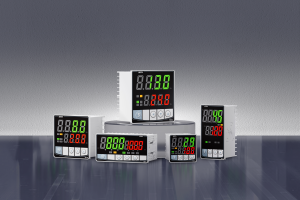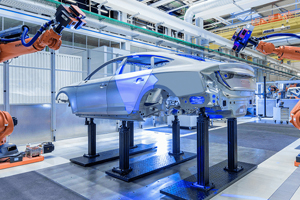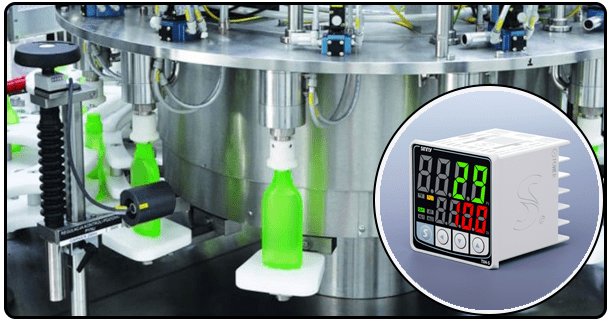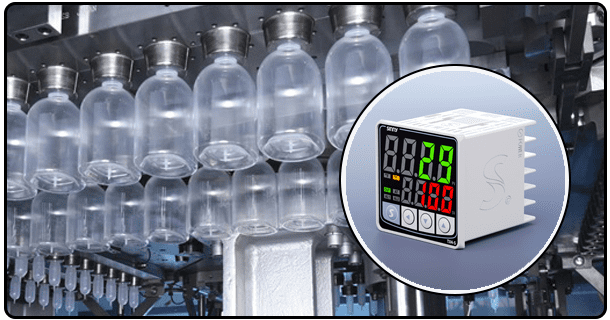Understanding a PID Temperature Controller Example: A Practical Guide
I. Introduction
II. The PID Algorithm: The Foundation of Precise Control
The PID algorithm serves as the core intellectual component of any sophisticated temperature controller. Its fundamental function lies in calculating a corrective action based on the continuous comparison between the desired system state and the actual measured state. This corrective action is designed to minimise the discrepancy, known as the error signal. Firstly, the error signal itself is derived from a simple yet crucial comparison. The system possesses a desired temperature, known as the Setpoint. This is the target temperature that the user wishes to maintain. Equally important is the Process Variable, which is the actual temperature currently measured by a sensor within the system. The error signal is essentially the difference between the Setpoint and the Process Variable: Error = Setpoint - Process Variable.
The PID algorithm calculates the corrective action based on three distinct components, each contributing a specific aspect of control:
Proportional (P) Term: The Proportional term generates a control output that is directly proportional to the magnitude of the current error signal. Mathematically, this can be expressed as P_output = Kp * Error, where Kp represents the Proportional Gain. The proportional gain determines how strongly the system responds to the error. A larger error results in a proportionally larger control output, and vice versa. The primary role of the P term is to provide an immediate response that reduces the error. However, it often leaves a residual errorIntegral (I) Term: The Integral term addresses the accumulation of error over time. It integrates the error signal over a duration, typically represented as I_output = Ki * ∫ Error dt, where Ki is the Integral Gain. The I term sums the error signal continuously. Its primary purpose is to eliminate the steady-state error – the small error that the P term might leave. If the error persists, even if small, the I term will gradually increase its output, driving the actuator further to try and eliminate the error completely. A significant drawback of the I term is that if the error changes direction frequently (e.g., oscillating around the setpoint), the integral term can accumulate a large output, potentially leading to instability or overshoot.
Derivative (D) Term: The Derivative term focuses on the rate of change of the error signal. It calculates the derivative of the error (d(Error)/dt) and generates an output that opposes the rapid changes. Mathematically, D_output = Kd * d(Error)/dt, where Kd is the Derivative Gain. The D term acts as a damping force. It predicts future errors based on the current trend and helps to smooth out the control signal. This anticipation helps to reduce oscillations that might occur if the P and I terms are too aggressive, causing the temperature to swing excessively above and below the setpoint. The D term also contributes to a quicker initial response by anticipating the need for correction before the error becomes large. However, the D term can be sensitive to noise in the error signal, potentially causing the controller to react erratically.
These three terms are combined, typically by summing them, to form the final control signal.
III. Selecting the Example: The "Heated Electronics Enclosure Controller"
IV. Core Components of the Example: The Heated Electronics Enclosure Controller
Secondly, the Comparator / Error Detector / Controller Logic.
Thirdly, the ActuatorAn SSR acts as an electronic switch, controlled by the microcontroller's PWM output. The choice of an SSR is based on its ability to handle the control signal (PWM from the microcontroller) and switch the 12V heating element effectively. The SSR is connected to the microcontroller's output pin and the heating element circuit.
1. Power Supply Considerations: The power supply in this example is a 12V DC power supply. It provides power to the microcontroller and the SSR. The microcontroller itself requires internal voltage regulation to operate correctly (often 5V or lower), while the 12V power supply powers the load (heating element) via the SSR.
V. How the Example Works: Operation of the Heated Electronics Enclosure Controller
Firstly, the DS18B20 sensor continuously measures the internal temperature and sends the digital value to the microcontroller. This sensor provides the Process Variable. The microcontroller compares this received temperature reading to the user-defined Setpoint (the desired temperature). This comparison yields the Error Signal (Setpoint - Process Variable). The magnitude of this error determines how much heating is needed.
Next, the microcontroller executes the P, I, and D calculations based on this error. The Proportional (P) term generates an immediate response proportional to the current error. The Integral (I) term accumulates the error over time, working to eliminate any small residual error. The Derivative (D) term predicts temperature changes, helping to prevent the system from overshooting the setpoint.
VI. Application: Maintaining Optimal Temperature in a Heated Electronics Enclosure
The microcontroller and SSR modulate its power based on the feedback provided by the DS18B20 sensor, creating a closed-loop system that continuously adjusts heating power to maintain the target temperature accurately and stably.
VII. Tuning the Example: Setting Kp, Ki, and Kd
1. Proportional (P) Tuning: Adjusting the P term primarily influences the system's response speed and how aggressively it reacts to the error. A higher P gain results in a faster response but can lead to instability. A lower P gain is smoother but might leave a steady-state error.
1. Integral (I) Tuning: Adjusting the I term is crucial for eliminating steady-state error. It integrates the error over time, slowly driving the actuator further to zero error. However, if the system oscillates, the I term can build up and cause significant overshoot.
1. Derivative (D) Tuning: Adjusting the D term helps to dampen oscillations caused by aggressive P and I terms. It predicts changes and provides a counteracting force. However, it can be sensitive to sensor noise.
Auto-tuning features can also be present on some controllers. The tuning process is critical for optimal performance and stability.
VIII. Advantages and Disadvantages of the Example Controller
A. Advantages:
- What is PID temperature controller?
- Understanding the PID temperature controller circuit: Detailed analysis























